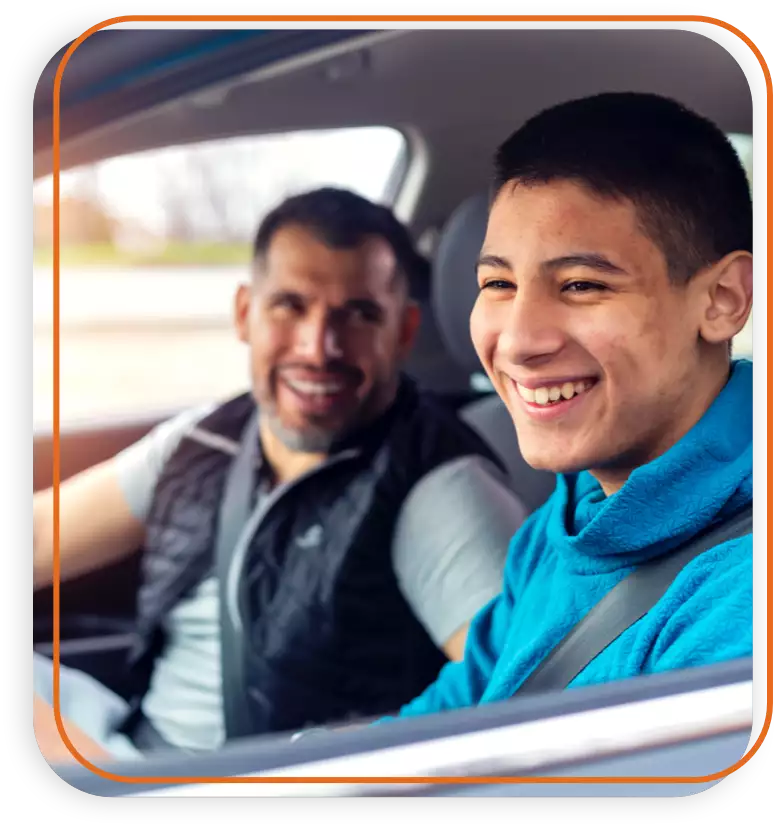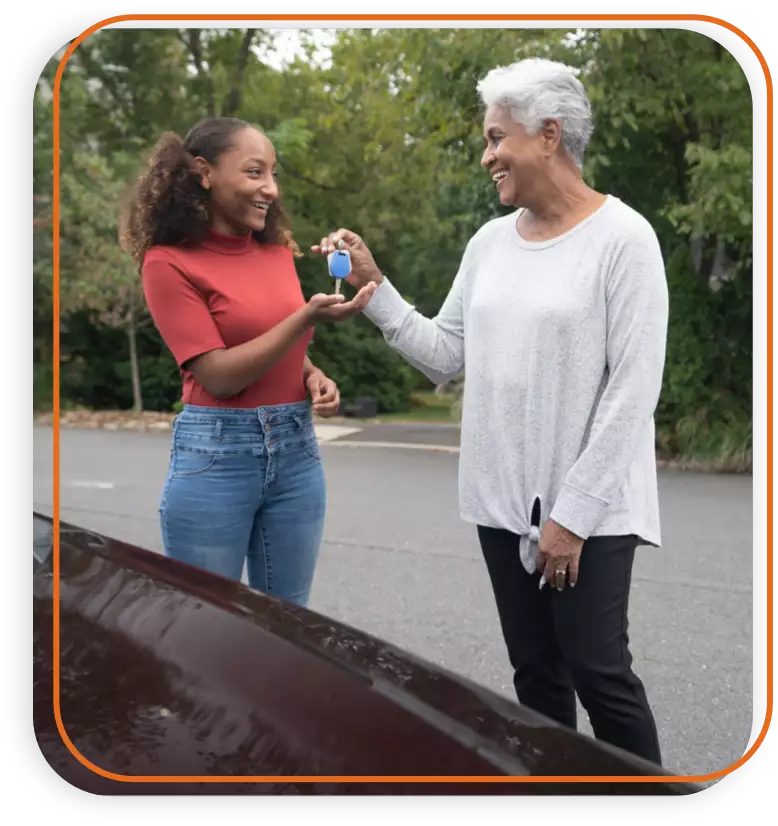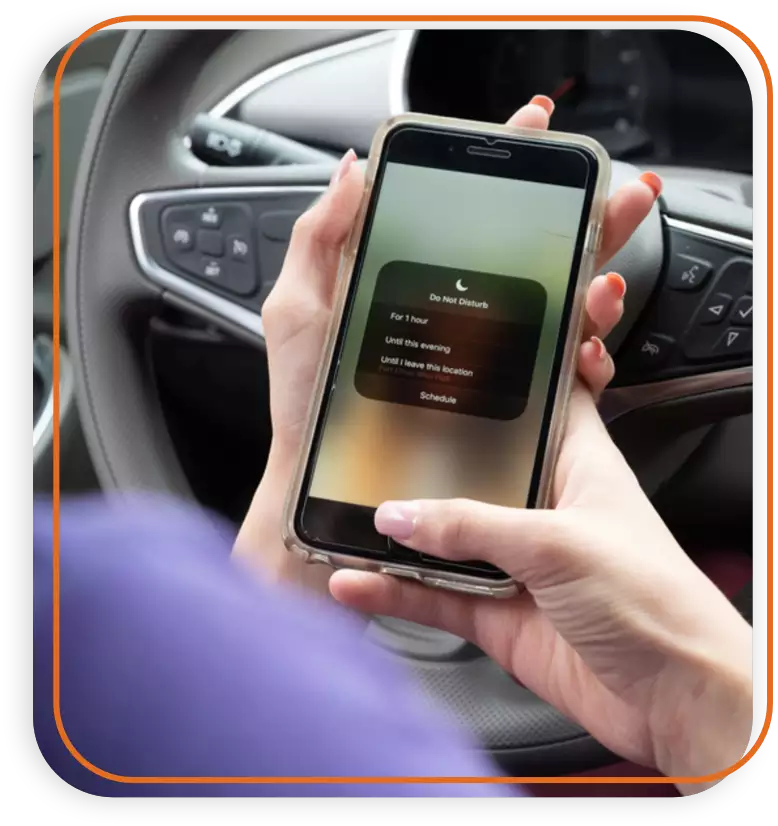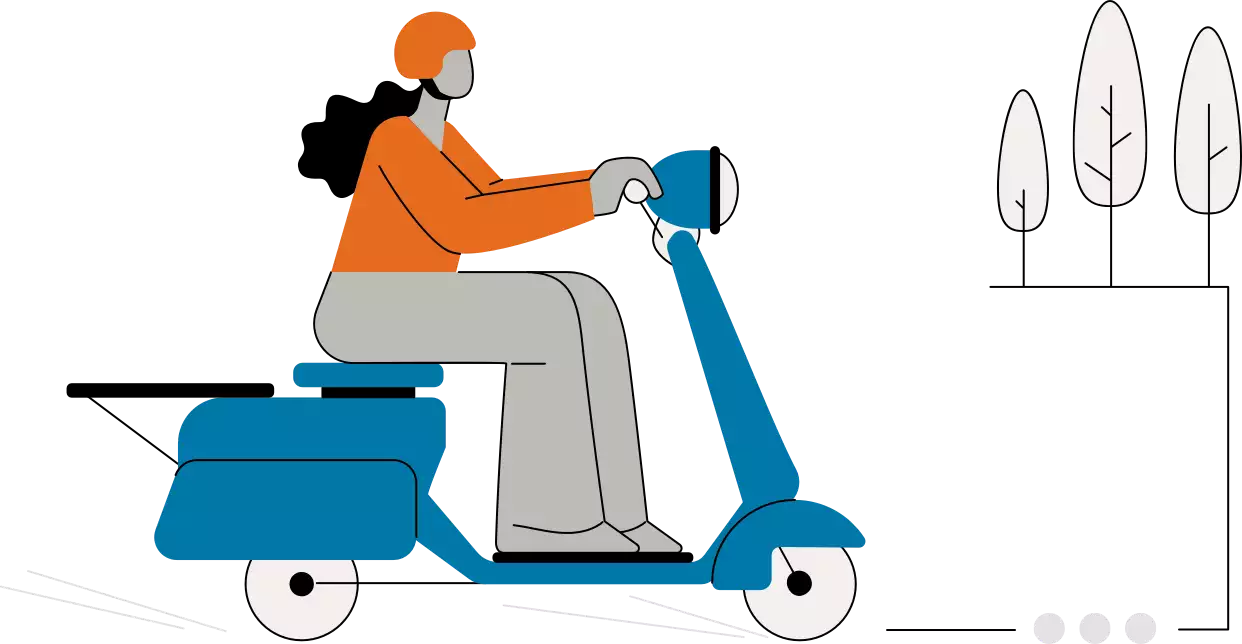Learn, Plan, Act
You helped your kid perform all sorts of daring feats, from riding a bike to diving into the deep end. Driving is the next big thing. With the right approach, what seems terrifying at first becomes routine over time.
Remember that state laws are minimum expectations for teen drivers and their parents or guardians. You may decide to delay when your teen starts driving, have longer permit or intermediate license holding periods or require more practice hours at different times of day and weather conditions. As the parent, you have the ultimate say in when and how your teen drives.

When your teen nears driving age in your state, follow these steps to help you both prepare for their transition from passenger to driver.

Together, learn about the GDL program in your state.
- Discuss the who, what, when, where, why and how of your state’s program as a family.
- Talk about how the program’s goals help your teen build skill, experience and confidence over time, while reducing their crash risk.

Plan how you’ll approach GDL with your teen.
- Will you or another family member teach them how to drive?
- Should they enroll in a driving course? Research shows that teens who enroll in driver education and training are less likely to crash or violate laws.
- Develop a parent-teen driving agreement that lays out the GDL program in your state as well as your family’s rules. Include the consequences for not following the rules in the agreement. Have everyone sign it and put it on the fridge as a daily reminder for the whole family.



Act according to your state laws and your family’s plan. Remember: GDL programs are the minimum required. You can aim for much more with your own family rules.
- Always drive the way you want your teen to drive.
- Make supervised driving during the day and night in all kinds of weather and traffic conditions a priority.
- Practice staying focused and calm when supervising your teen.
- Hold them accountable if they do not follow the rules you set together.

